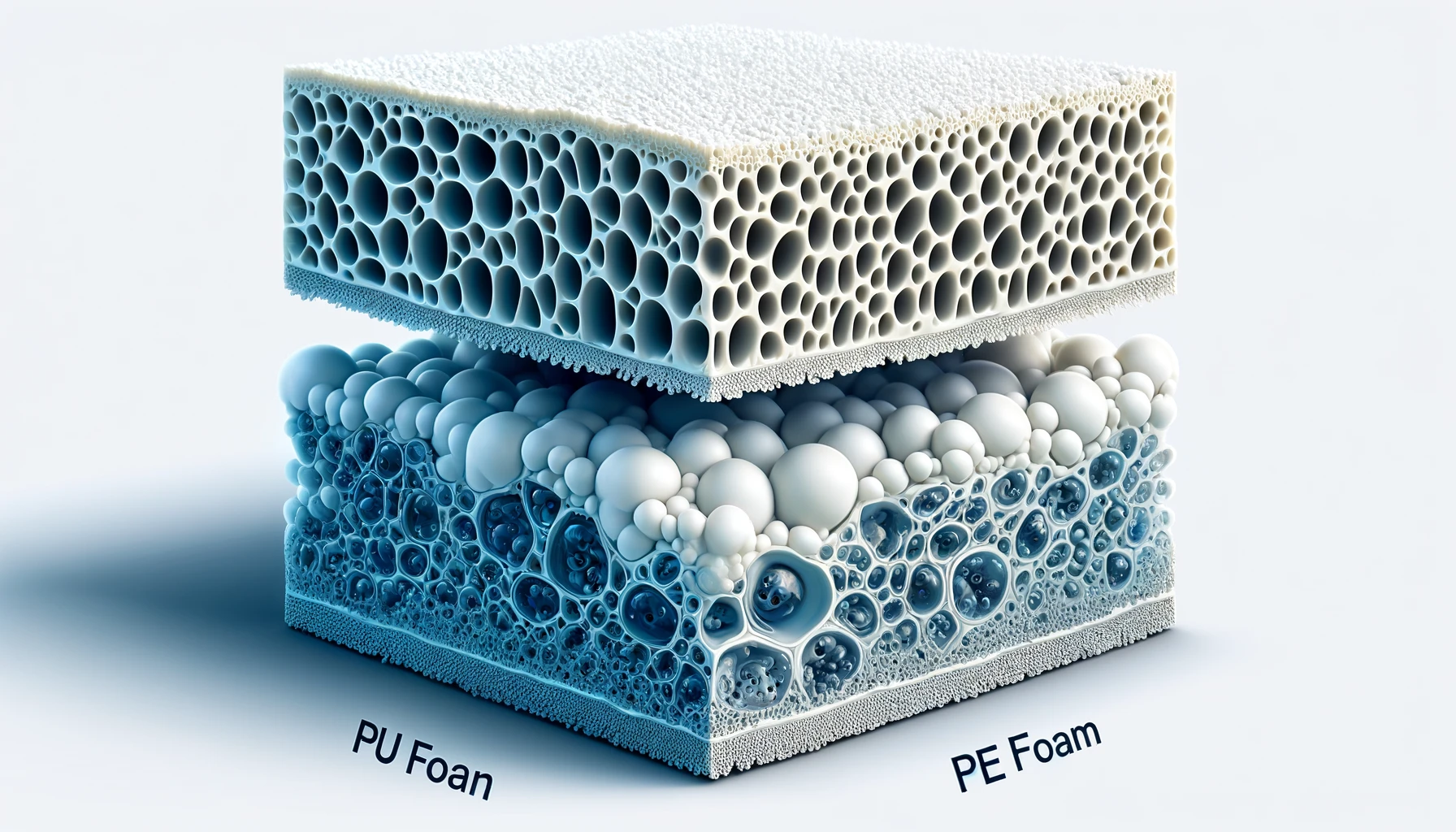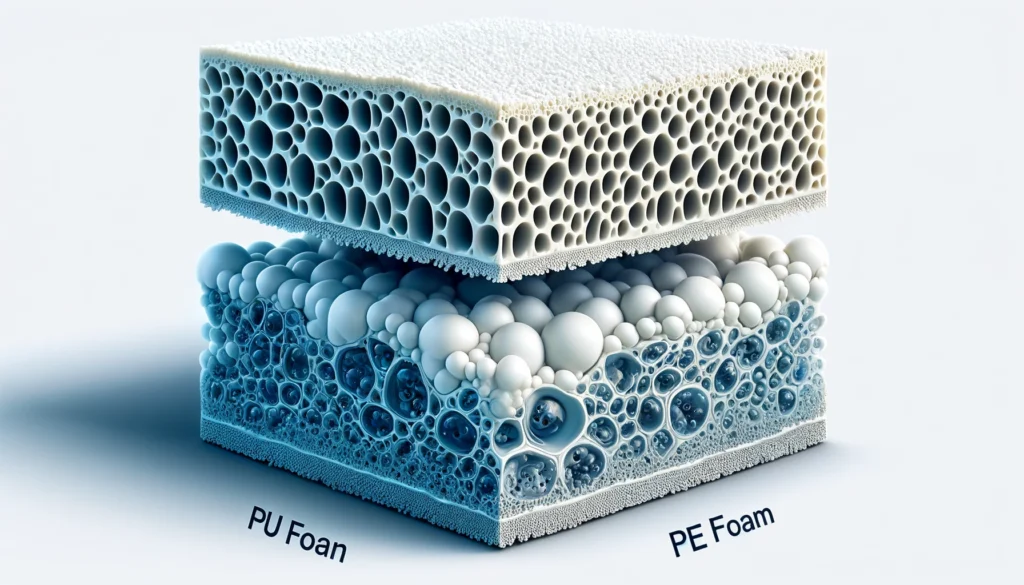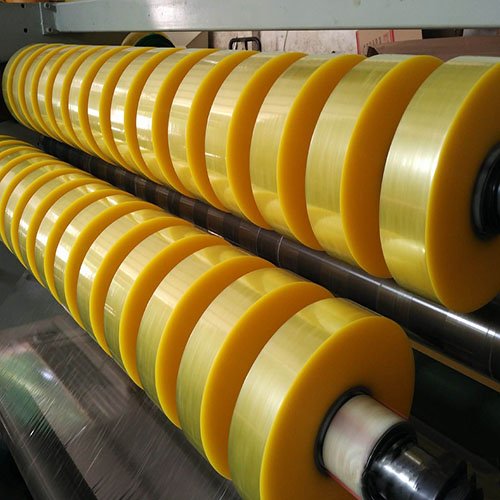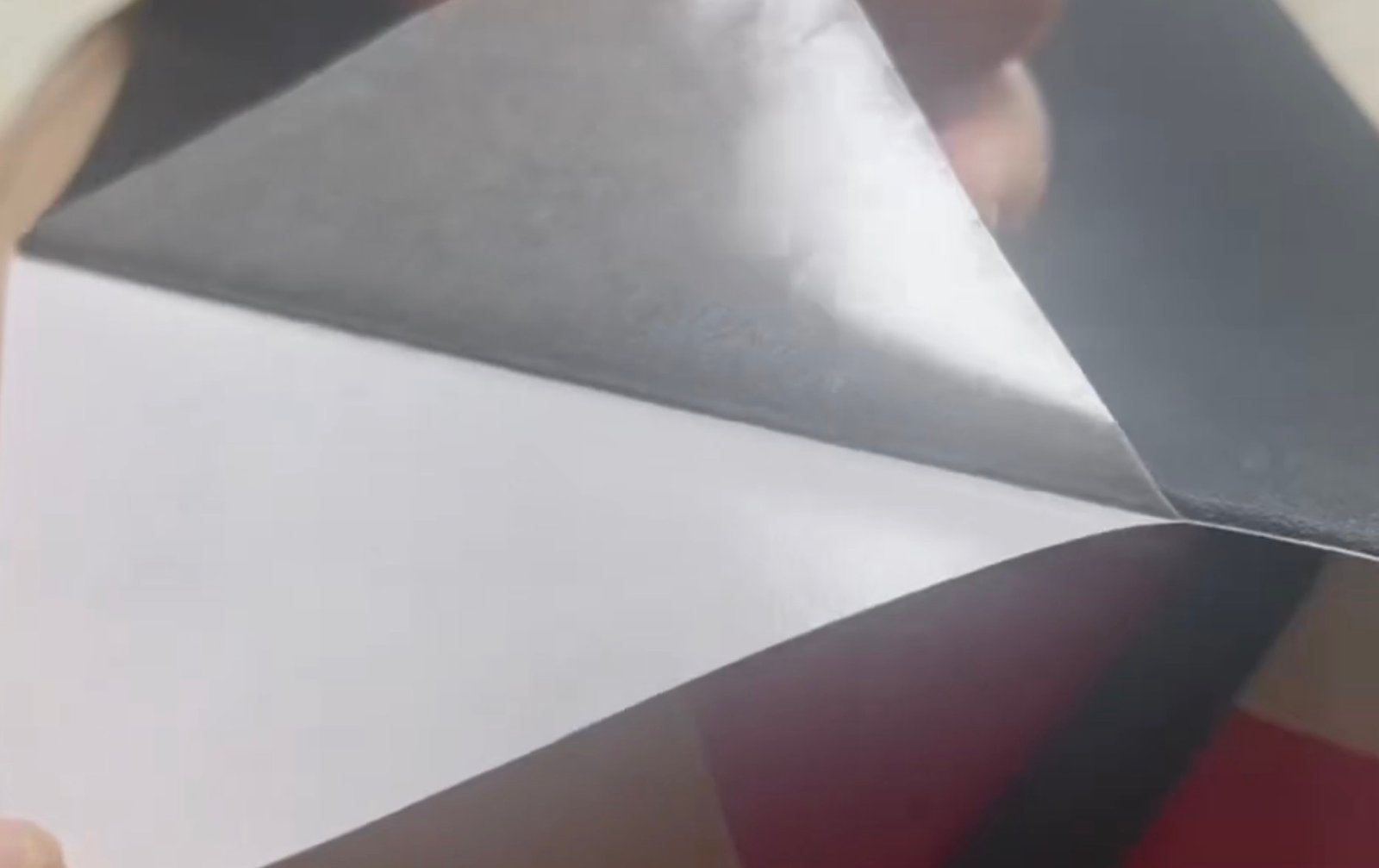Differences between PU Foam and PE Foam
April 18, 2024
•
Anna Tian

Material Composition:
- PU Foam (Polyurethane Foam): This is a flexible, open-cell foam that is made by combining polyol and diisocyanate. PU foam is known for its excellent cushioning properties and its ability to adjust to pressure and recover its shape quickly.
- PE Foam (Polyethylene Foam): In contrast, PE foam is a closed-cell foam, typically lightweight and semi-rigid. It provides strong resistance to moisture and has a high buoyancy level.
Mechanical Properties:
- Cushioning: PU foam excels in cushioning and comfort, making it ideal for furniture, bedding, and automotive seating. It is very soft and can compress and come back to its original shape even after long periods of compression.
- Rigidity and Durability: PE foam is more rigid and durable compared to PU foam. It can withstand more rigorous and demanding applications, which require a material that is more shock-absorbent and less deformable over time.
Water Resistance:
- PU Foam: Generally, PU foam is more absorbent, which can be a drawback in applications where water resistance is crucial.
- PE Foam: Being a closed-cell foam, PE foam is highly resistant to moisture, making it suitable for products that must withstand wet conditions, like flotation devices and moisture barriers.
Chemical Resistance:
- PU Foam: It can be susceptible to certain chemicals, which might degrade the material over time.
- PE Foam: This foam has a higher resistance to chemicals and is often used in applications involving corrosive substances.
Uses of PU Foam and PE Foam
PU Foam:
- Furniture and Bedding: Due to its comfort and adaptability, PU foam is widely used in mattresses, sofa sets, and upholstery padding.
- Automotive Applications: Used in the manufacturing of car seats, headrests, and armrests where comfort is a priority.
- Packaging: Sensitive electronic items are often packaged in PU foam for its ability to absorb shock and protect the contents during transport.
PE Foam:
- Protective Packaging: Due to its shock-absorbing properties, PE foam is used to protect goods during shipping, especially for fragile items.
- Construction: It serves as insulation in buildings, pipe insulation, and in waterproofing applications.
- Sports Equipment: PE foam is used in making camping mats, yoga mats, and protective pads for sports due to its durability and moisture resistance.
Each type of foam serves specific purposes based on its inherent properties, making the choice between PU and PE foam dependent on the requirements of the application. Whether the need is for comfort, durability, water resistance, or shock absorption, selecting the right type of foam can significantly enhance the performance and longevity of the product.




